It’s absolutely paramount to have a reliable and uninterrupted electrical supply in a hospital. Even the slightest dip in a healthcare facility’s electrical supply can result in devastating results for patients on life support or in the middle of a life-saving operation. In order to protect these situations, the NFPA and The Joint Commission have developed extensive codes and regulations that must be followed by all healthcare facilities–and thank God they do! However, when choosing a partner to assist with this journey it’s important to keep in mind the future demands and needs of your growing facility.
This is exactly what our team of electrical engineers tackled when we were selected to provide a new solution for the campus of the Hunter Holmes McGuire Hospital.
The hospital’s Generator Building (Building 503) housed four (4) 600 kW generators, installed in an N+1 configuration, as well as a 3,000-amp paralleling switchgear. The generators and switchgear were installed approximately 40 years ago and were at the end of their useful life. Each generator had a small day tank piped from a 15,000-gallon underground fuel tank that is located outside of Building 503. Other equipment is also located within Building 503, including a generator load bank switchboard, 480-volt panelboard, 208-volt panelboard, and a 45-kVA transformer.
The purpose of this project was to upgrade and expand the hospital’s existing emergency power system to more effectively meet current and future demands. This project provided backup power to additional utility and support systems to minimize the effects of power loss on the hospital’s patients. The project scope included providing generator backup for the entire hospital on the 13.2kV system and new paralleling switchgear, upstream of the main switchgear in Building 500. The utility feed was intercepted for connection to the new switchgear. Four (4) 2MW, 13.2kV, diesel generators were proposed, however, the switchgear is sized such that (2) additional generators can be added to the system. The existing feeds downstream of the B-500 switchgear remain as-is at this time.
BENEFITS OF THE NEW DESIGN:
- New paralleling switchgear included spare breakers for future hospital expansion
- New switchgear enclosure was sized such that it will accommodate future expansion of two additional generators
- Allowed for the recently installed (2) 2MW generators and switchgear to remain in place and continue to provide emergency power backup to the Chiller Plant
- Added an additional 4MW of backup power to the system with room for future expansion as funds are made available to add additional generators
- Installing new switchgear and generators outside minimized downtime to existing system
- Provided redundant capabilities by bringing in both utility feeds to the new paralleling switchgear
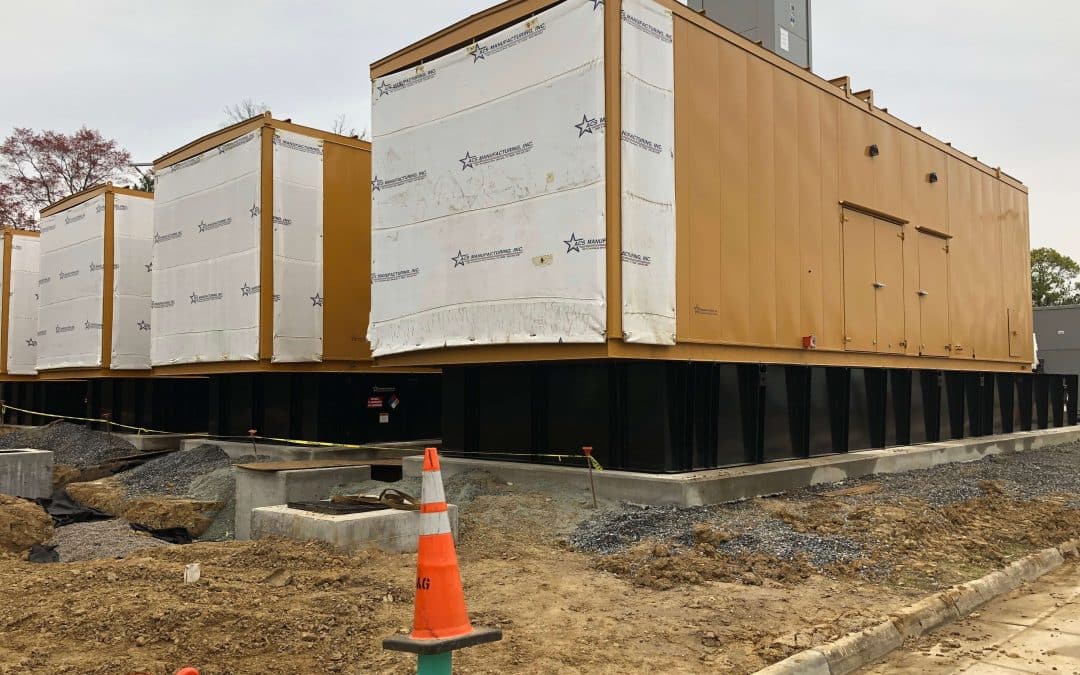
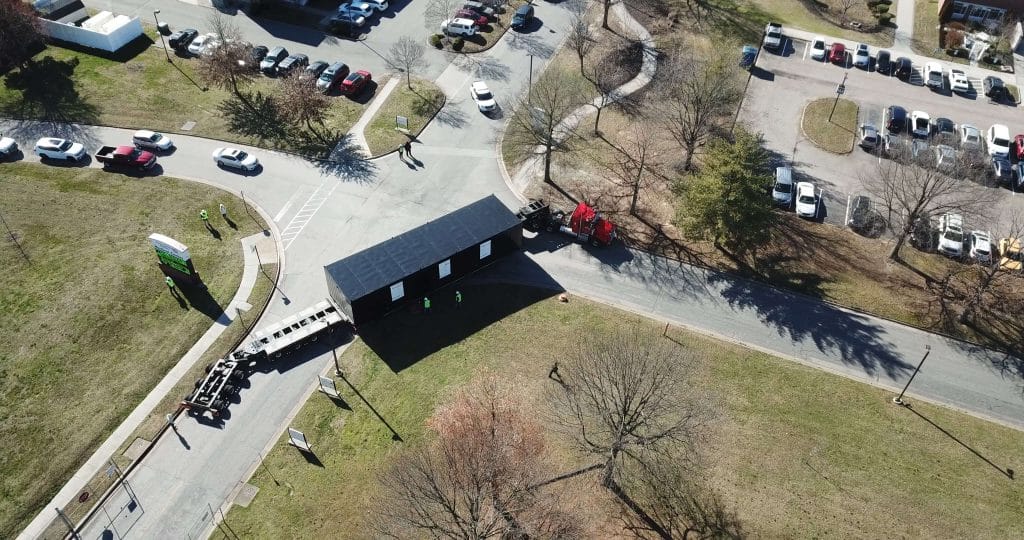
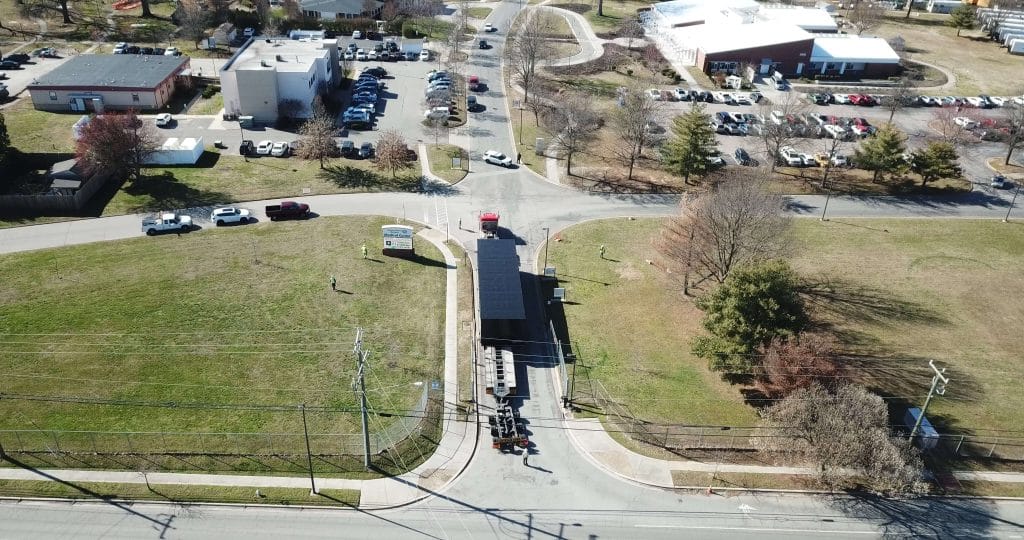
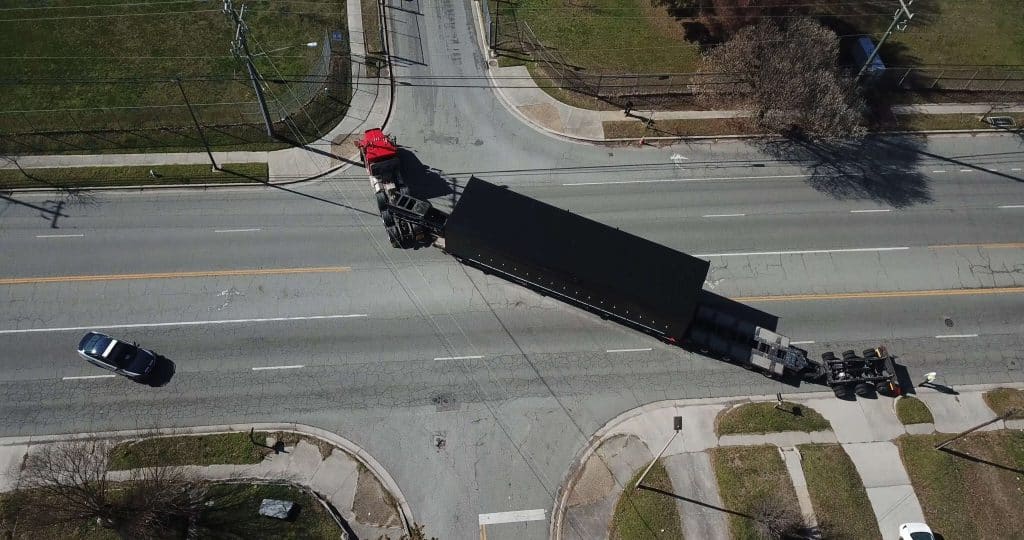
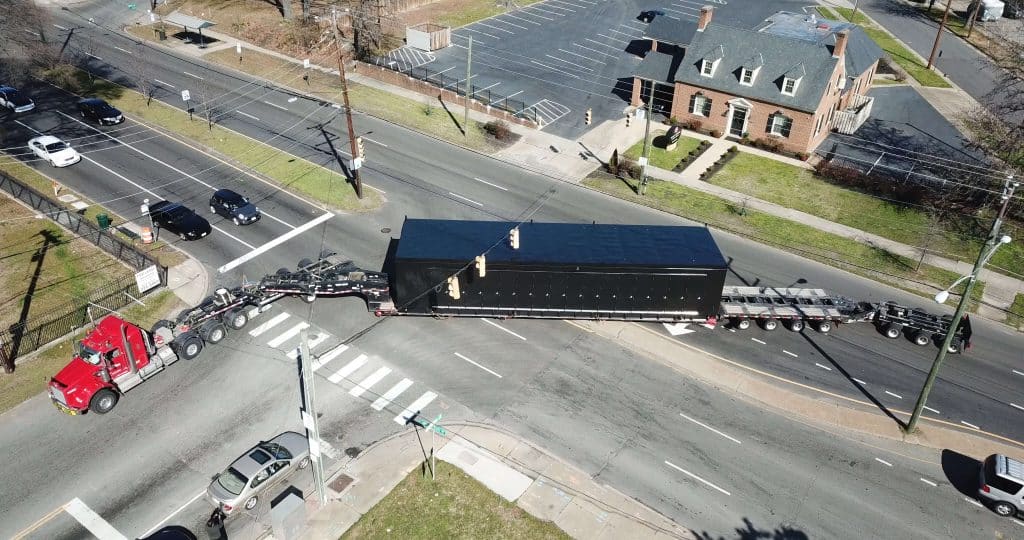
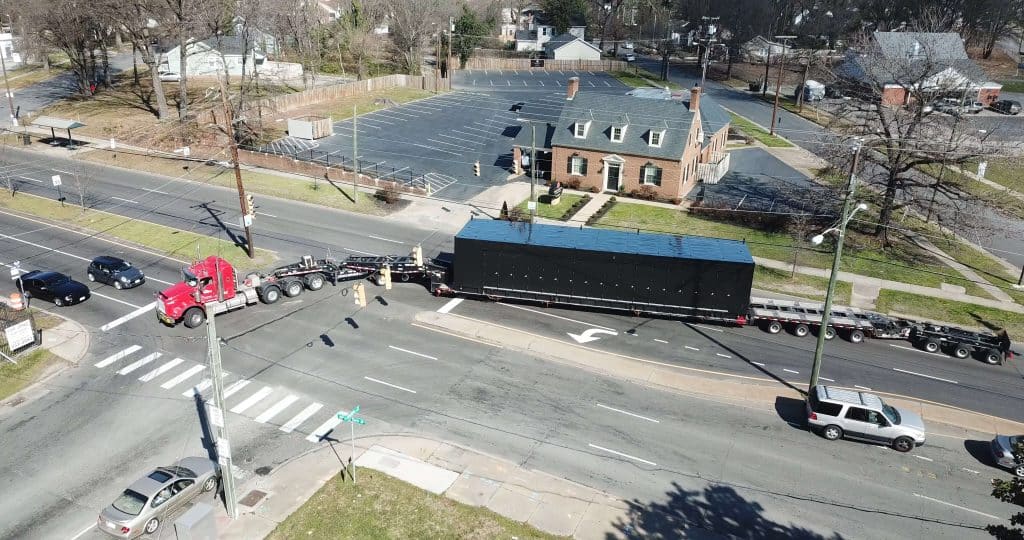
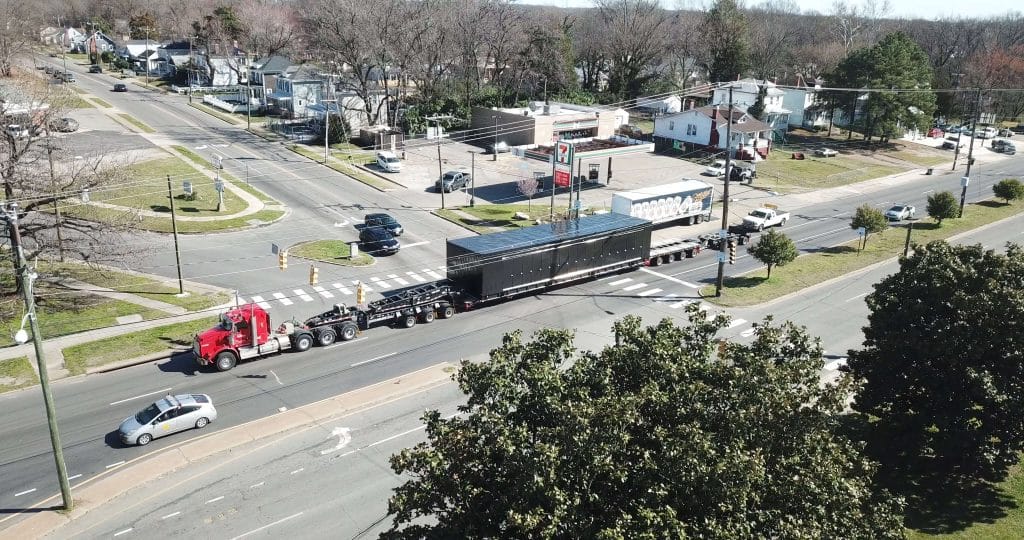
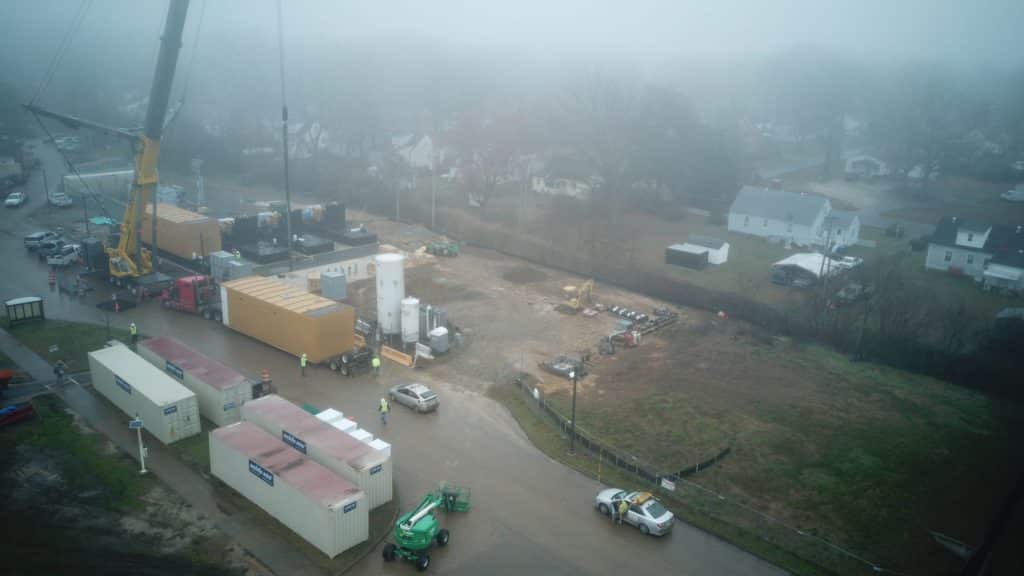
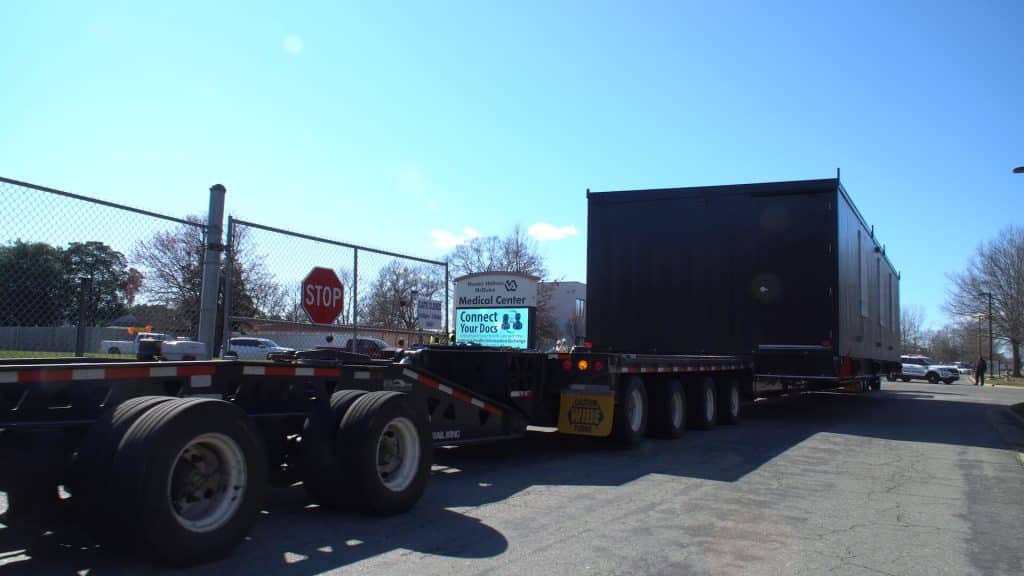
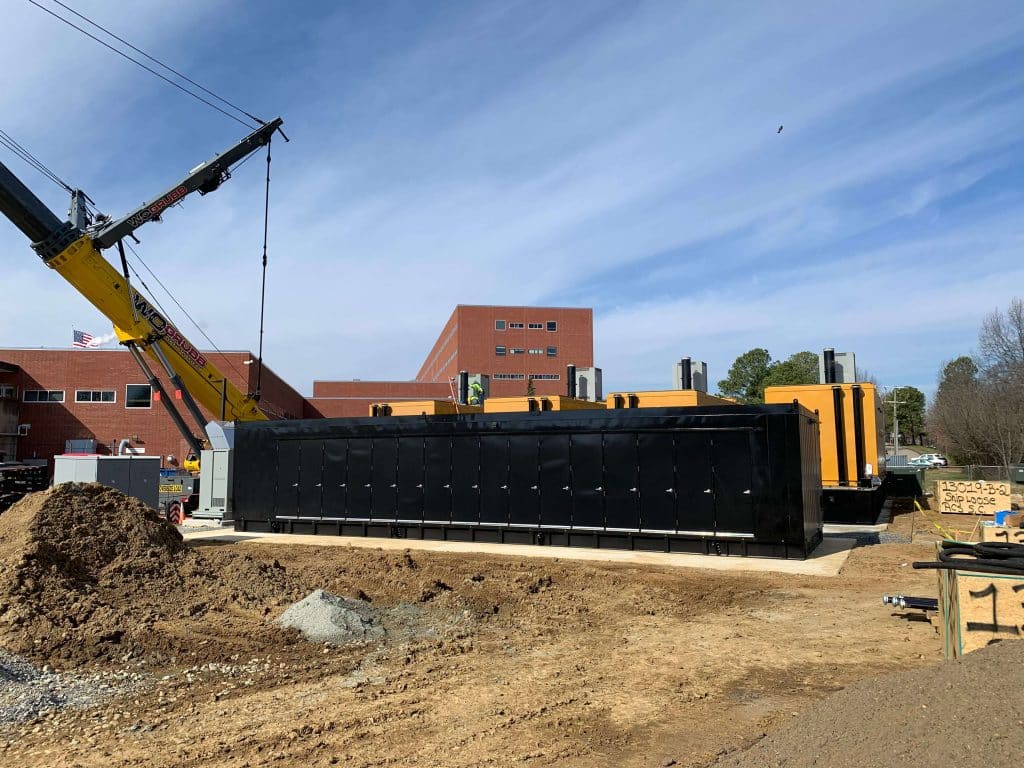
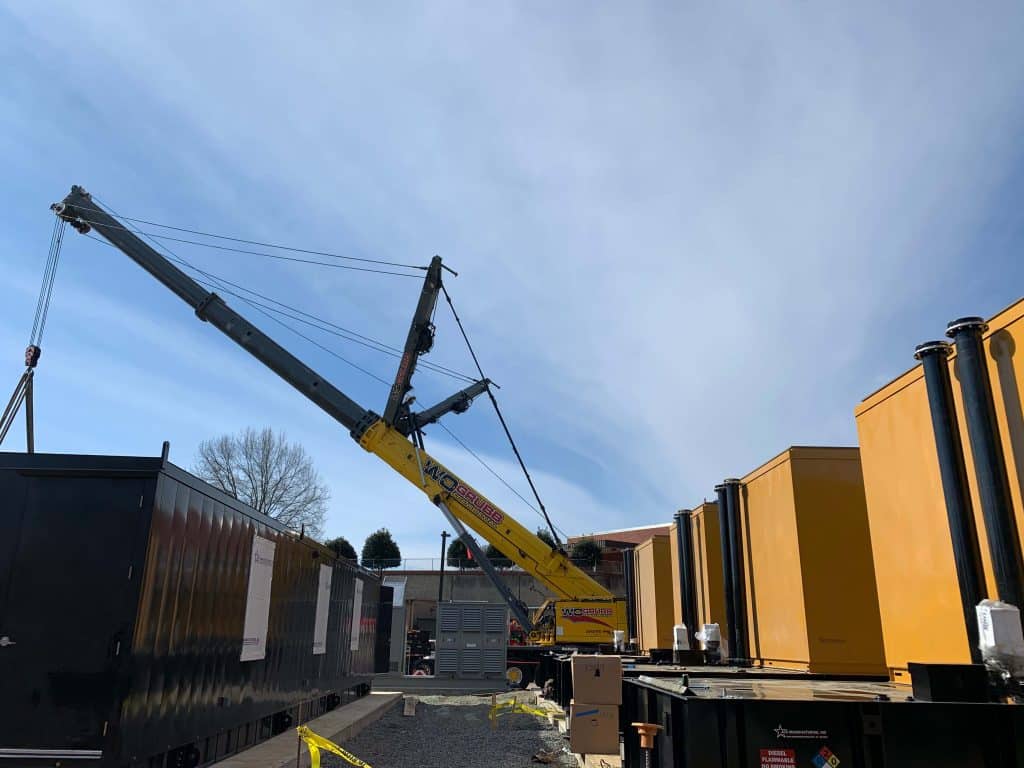
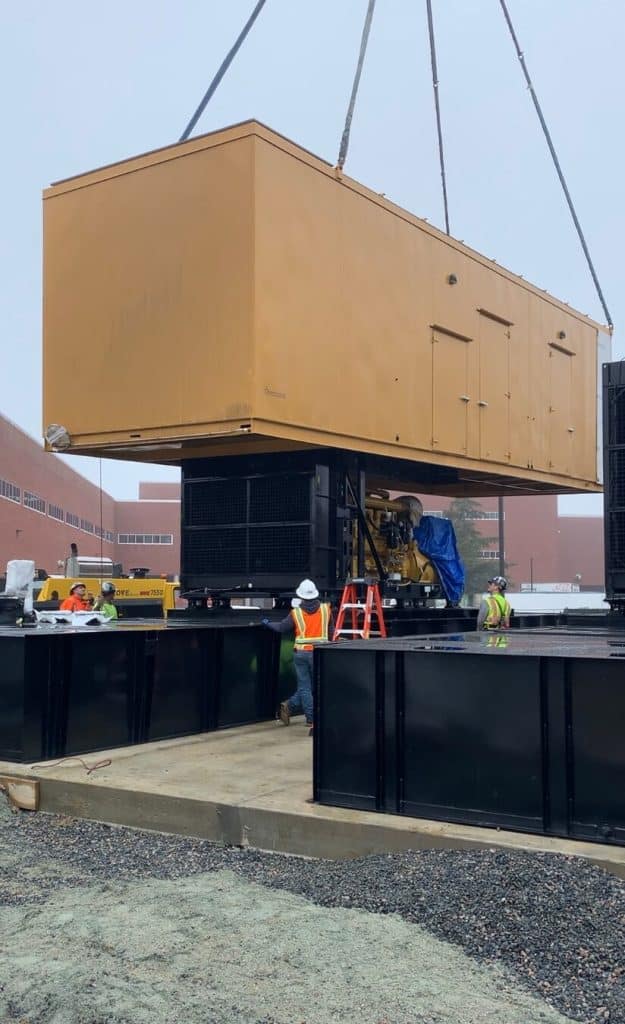
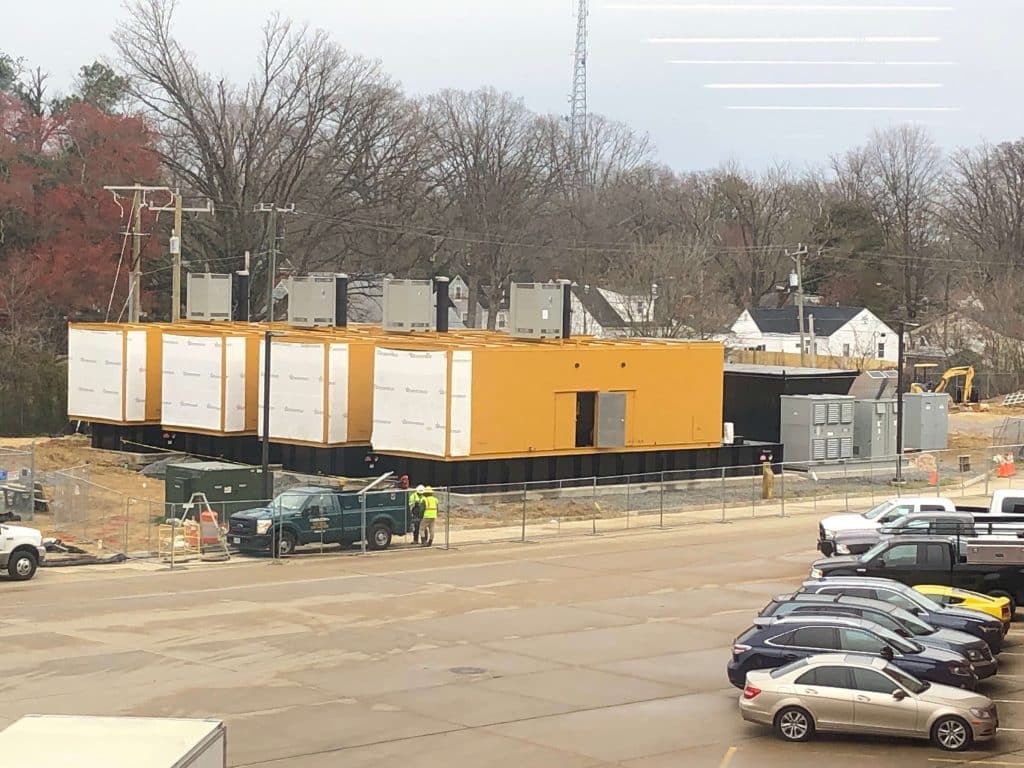
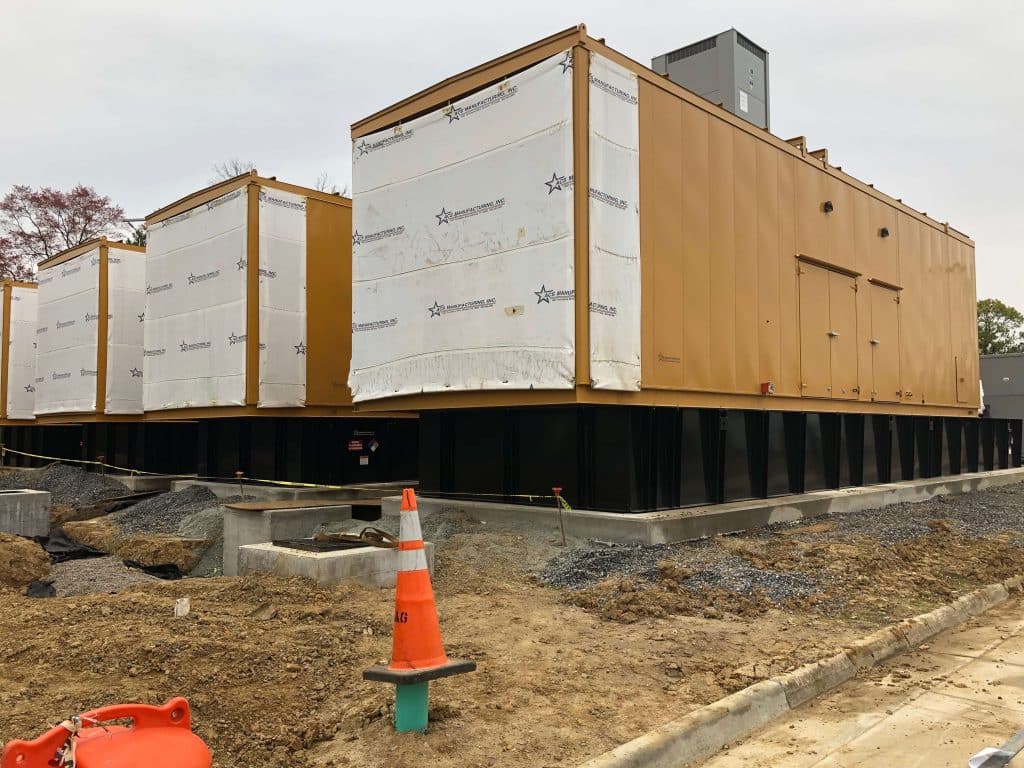
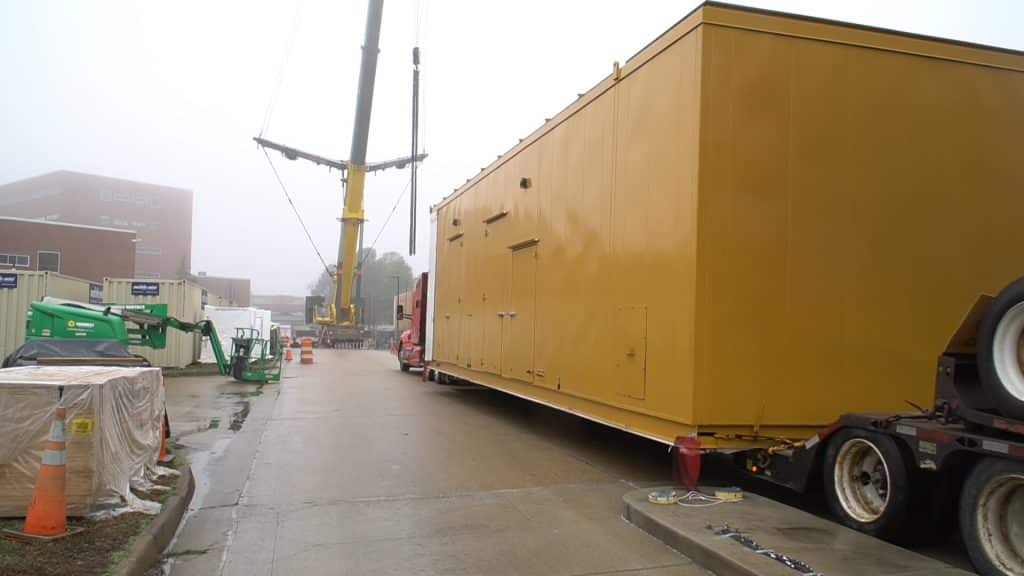
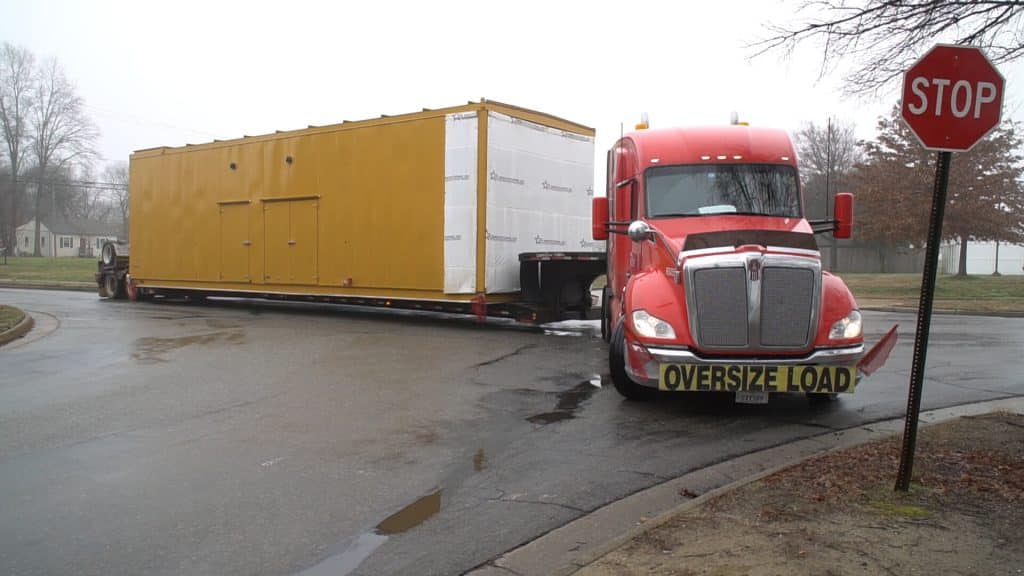
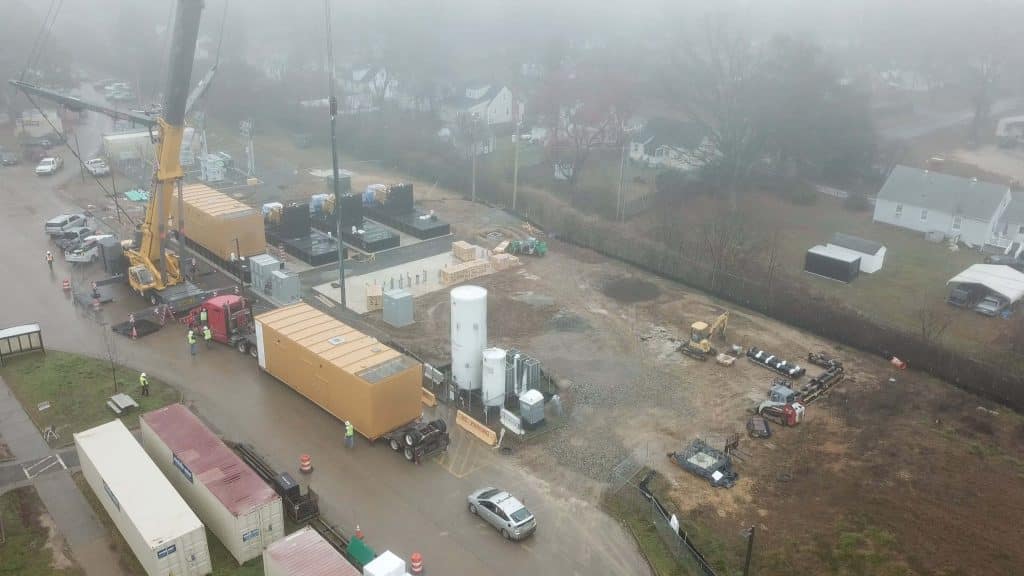



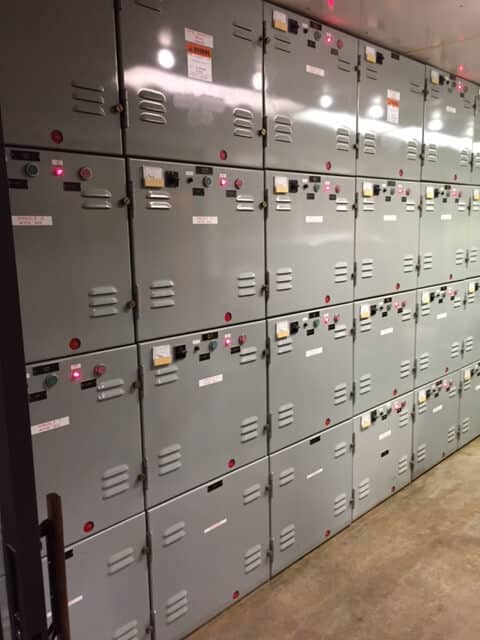
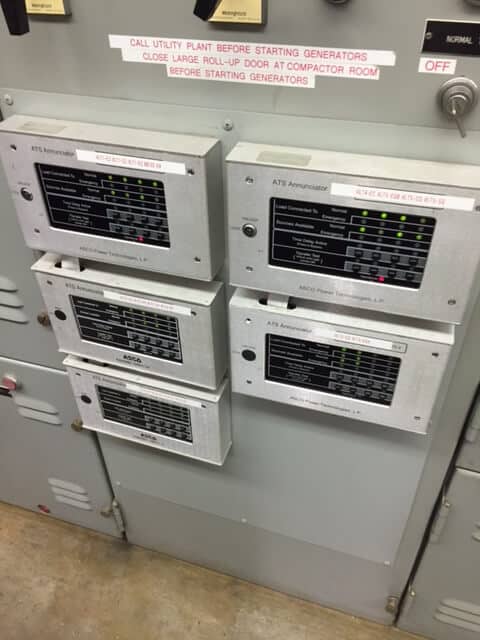
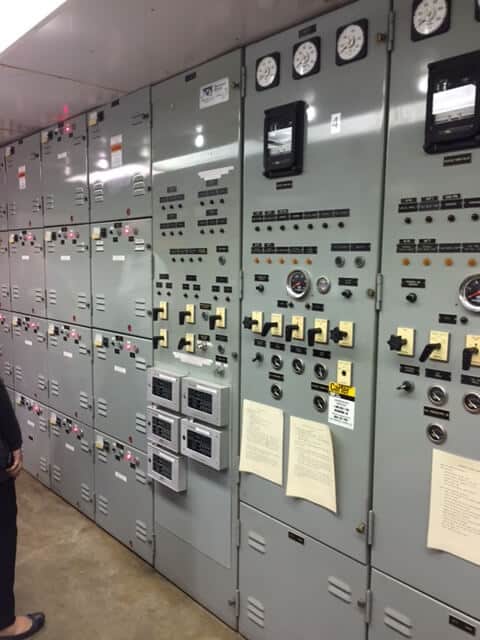
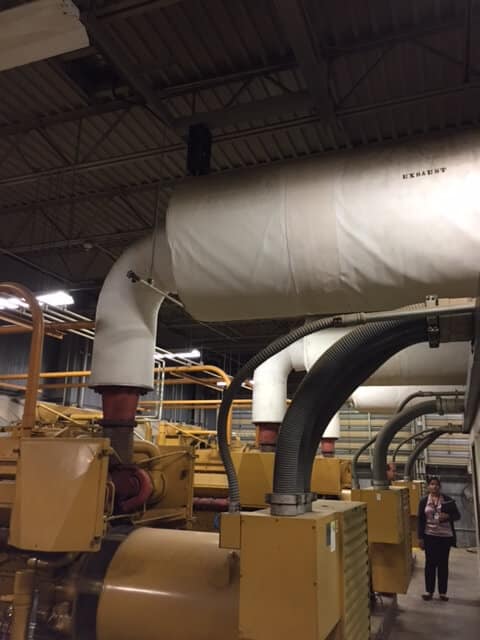
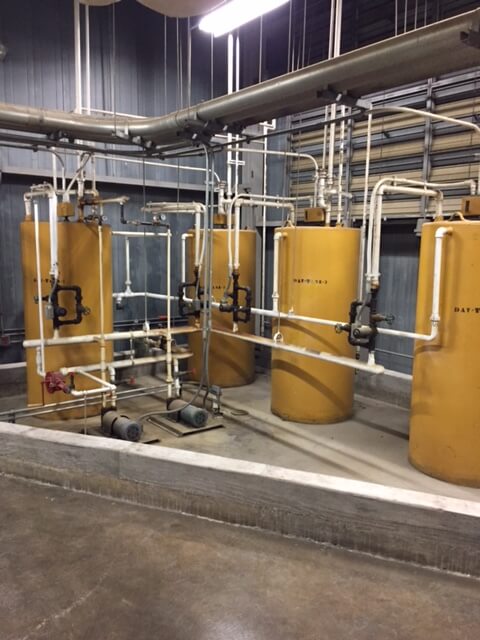
Recent Comments